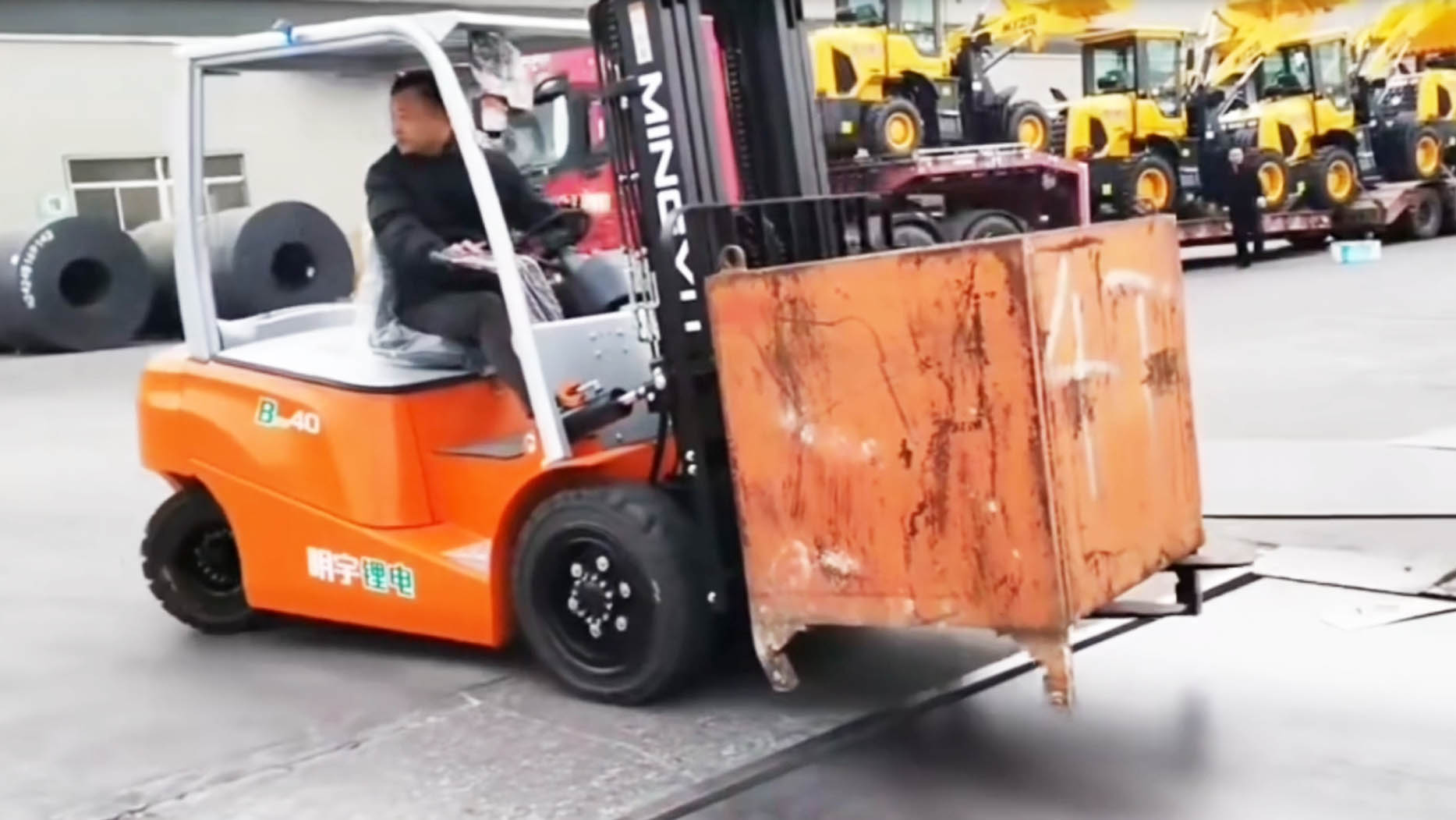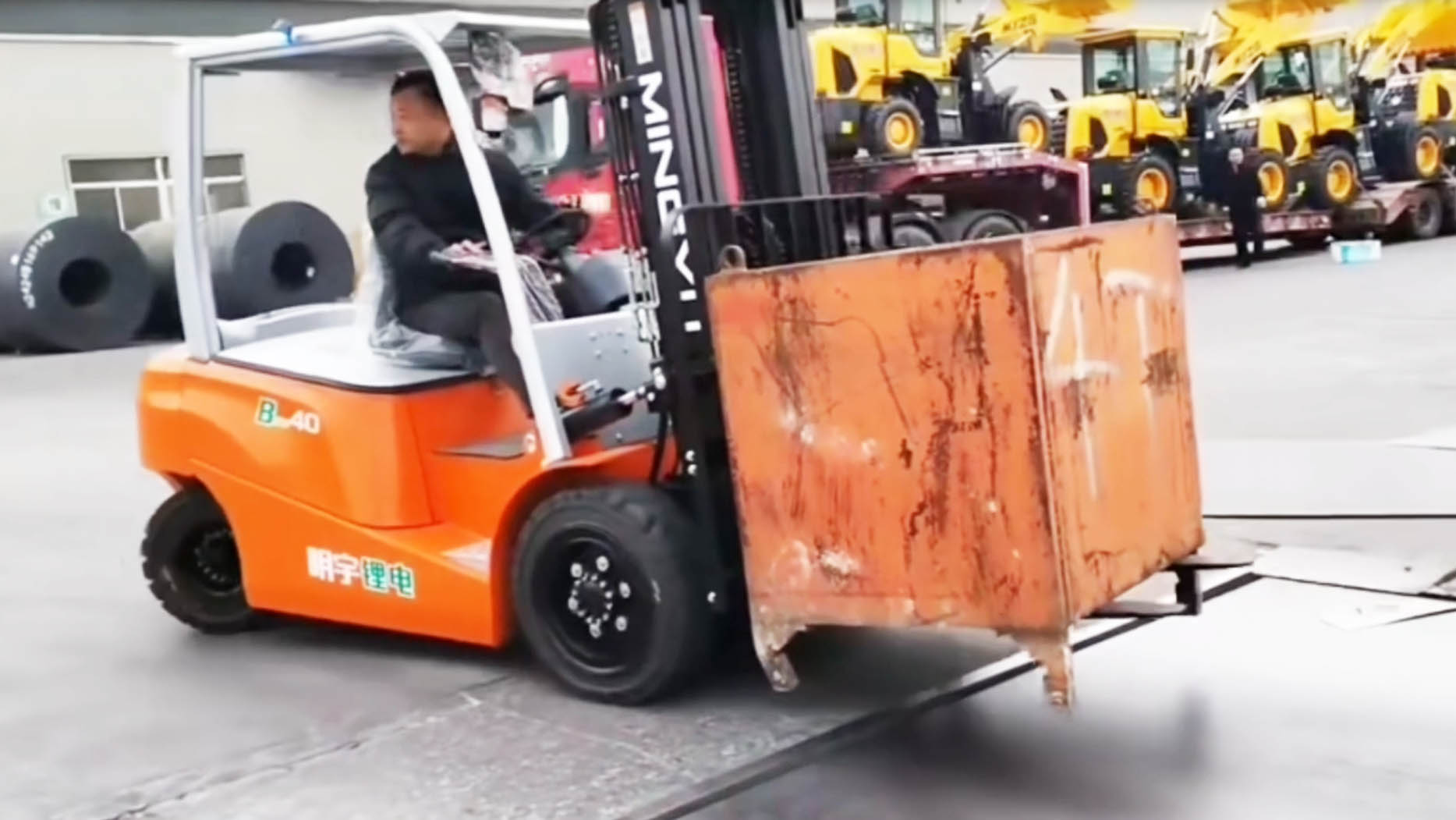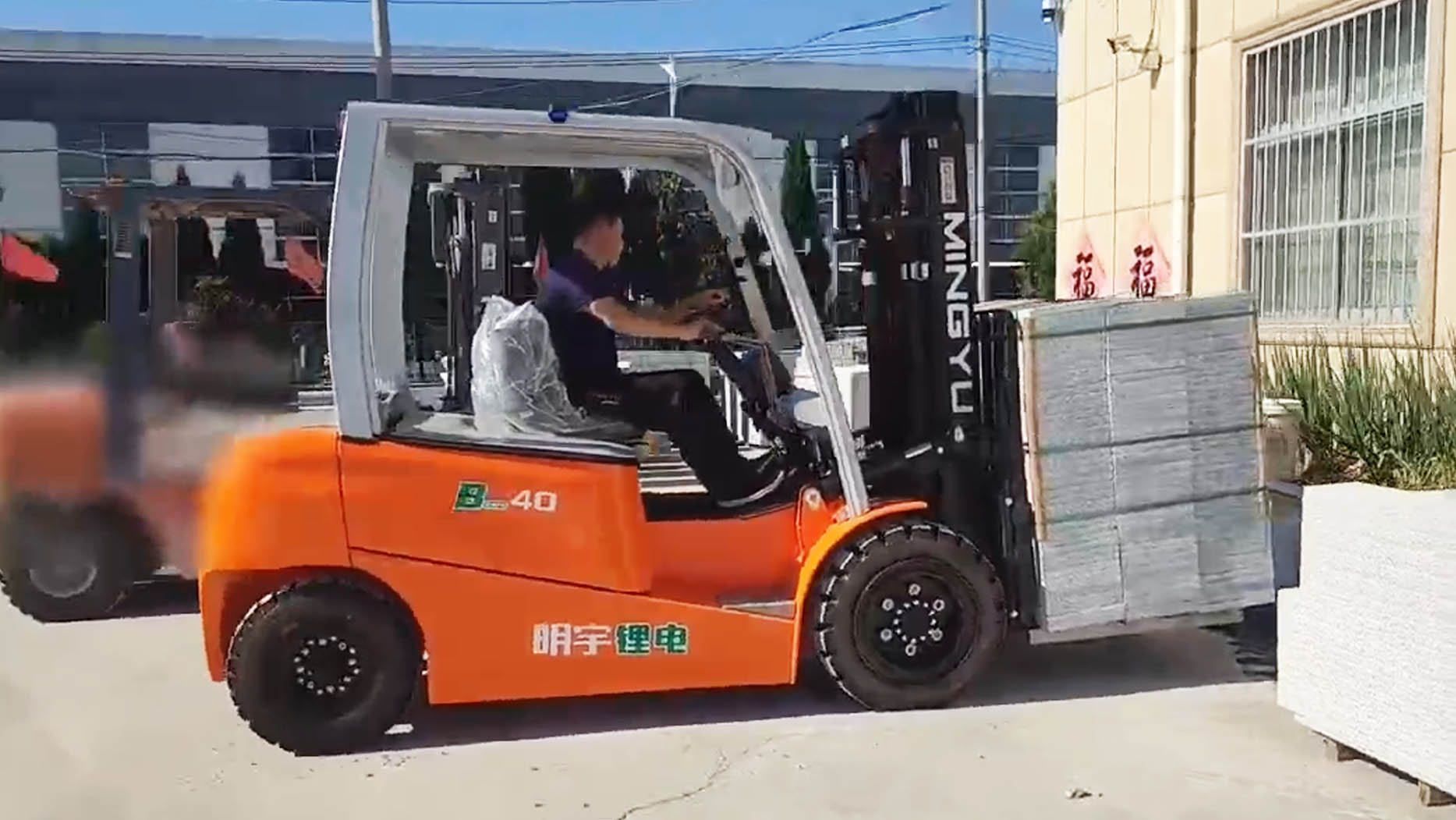For decades, the diesel forklift reigned supreme as the undisputed champion for handling heavy loads, particularly in outdoor and demanding environments. Its raw power, high torque, and ability to operate continuously seemed unmatched. However, the landscape of material handling is rapidly evolving. With growing emphasis on sustainability, lower operating costs, and reduced emissions, the electric forklift has undergone significant technological advancements. This raises a crucial question for businesses: Can modern electric forklifts truly handle heavy loads with the same prowess as their diesel counterparts?
The answer is increasingly yes, with important nuances. While traditional perceptions might suggest electric models are only for lighter, indoor tasks, contemporary electric forklifts are demonstrating remarkable capabilities, challenging the long-held dominance of diesel in heavy-duty applications. Understanding the capabilities and limitations of both is key to making an informed decision for your fleet.
The Traditional Divide: Diesel for Heavy, Electric for Light
Historically, the distinction was clear:
Diesel Forklifts: Excelled in power and torque. Their internal combustion engines could generate immense force, making them ideal for lifting and moving extremely heavy, bulky loads over long distances or on uneven terrain. They were the go-to for tasks like stacking heavy lumber, loading large trucks, or operating in construction yards. A forklift 3 ton diesel was a common sight handling significant weights.
Electric Forklifts (Traditional): Were typically limited to lighter loads and indoor, smoother surfaces. Their lead-acid batteries provided adequate power for smaller capacities and shorter shifts, but often struggled with sustained heavy lifting or multi-shift operations without frequent battery changes.

The Electric Revolution: Bridging the Power Gap
The game-changer for electric forklifts has been the rapid evolution in battery technology, particularly the widespread adoption of lithium-ion batteries, alongside advancements in electric motor design and control systems.
1. Lithium-Ion Batteries: The Powerhouse Shift
Higher Energy Density: Lithium-ion batteries pack more power into a smaller space compared to traditional lead-acid batteries. This means they can deliver the sustained power bursts required for heavy lifting.
Consistent Power Output: Unlike lead-acid batteries, which experience a voltage drop as they discharge (leading to slower performance), lithium-ion batteries maintain consistent power throughout their charge cycle. This ensures that the electric forklift performs at peak capacity even when the battery level is low.
Opportunity Charging: Lithium-ion batteries can be "opportunity charged" during breaks, eliminating the need for dedicated battery changing rooms or long, overnight charging cycles. This allows for continuous operation, even in multi-shift, heavy-duty environments, mirroring the rapid refueling advantage of a diesel forklift.
Longer Lifespan & Less Maintenance: Lithium-ion batteries offer significantly more charge cycles (often 3-5 times more) than lead-acid, and they require virtually no maintenance (no watering, no equalization). This reduces total cost of ownership and improves uptime.
2. Advanced Electric Motors and Control Systems
Powerful AC Motors: Modern electric forklifts utilize highly efficient and powerful AC (Alternating Current) motors for both drive and hydraulic functions. These motors deliver high torque even at low RPMs, providing excellent acceleration and strong lifting capabilities comparable to diesel engines.
Intelligent Control Systems: Sophisticated electronic controllers optimize power delivery, allowing the forklift to efficiently manage heavy loads, recover energy during braking, and fine-tune performance for specific tasks. This precision can often lead to smoother, more controlled heavy lifts.
 Where Electric Forklifts Now Compete with Diesel for Heavy Loads
Where Electric Forklifts Now Compete with Diesel for Heavy Loads
With these advancements, electric forklifts are increasingly capable of handling loads that were once exclusively the domain of diesel machines.
Increased Capacities: Electric models are now available with capacities ranging from 3 tons (like a forklift 3 ton diesel) up to 10-12 tons, and even specialized electric heavy-duty models exceeding 25 tons for port applications are emerging. This directly challenges the mid-range and even some heavy-duty applications traditionally served by diesel forklifts.
Outdoor Performance: While generally less robust for truly rough terrain (where a rough terrain forklift diesel still dominates), electric models with pneumatic tires and higher ground clearance are now being used effectively in paved or well-maintained outdoor yards, especially where emissions are a concern.
Multi-Shift Operations: With opportunity charging or rapid battery swapping (for lead-acid), electric forklifts can maintain continuous operation, a key requirement for heavy-duty, high-volume environments.
Specific Applications:
Heavy Manufacturing: Lifting large components, machinery parts, or finished goods indoors or on paved outdoor yards.
Metal Industries: Handling heavy coils of steel or aluminum.
Paper & Pulp: Moving heavy paper rolls.
Logistics & Warehousing: Managing high-density storage of heavy pallets.
Some Port/Terminal Operations: Where specialized electric reach stackers or heavy-duty forklifts are now being deployed.
When Diesel Still Holds an Edge
While electric forklifts are gaining ground, diesel forklifts still retain advantages in certain extreme heavy-duty scenarios and operating environments:
Extreme Rough Terrain: For truly rugged, unpaved, muddy, or highly uneven ground (like a construction site with no prepared surfaces), the robust chassis, powerful mechanical drivetrain, and specialized tires of a rough terrain forklift diesel still provide superior traction, stability, and durability that electric models have yet to fully match.
Ultimate Sustained Power: For the absolute heaviest, largest capacity loads (e.g., 20+ tons in continuous, very high-cycle mining or port applications), diesel engines can often still deliver a higher sustained power output and brute force over very long periods without any need for recharging.
Remote Locations: In areas where electricity infrastructure is unreliable or non-existent, and fuel delivery is the only practical option, a diesel forklift remains the sole choice.
Initial Cost for Mid-Range Heavy Duty: While lithium-ion electric forklifts offer long-term savings, their initial purchase price for higher capacities can still be greater than a comparable diesel forklift, which might be a barrier for some budgets.
 Making the Right Choice for Your Heavy Loads
Making the Right Choice for Your Heavy Loads
When deciding between a diesel and an electric forklift for heavy load applications, consider these factors:
Operating Environment: Is it primarily indoors on smooth surfaces, or outdoors on rough, unprepared ground?
Load Characteristics: What is the maximum weight, and how frequently will you be lifting it?
Duty Cycle: How many hours per day will the forklift operate? Is multi-shift operation required?
Emissions and Noise: Are there strict environmental regulations or noise restrictions in your operating area?
Infrastructure: Do you have access to the electrical capacity and charging infrastructure for electric models?
Total Cost of Ownership (TCO): Beyond the purchase price, factor in fuel/electricity costs, maintenance, and battery replacement (for electric) over the machine's lifespan.
Brand and Support: Reputable brands, including MYZG / MINGYU, offer both diesel and electric forklift options. Evaluate their reliability, spare parts availability, and dealer service in your region. For instance, a MINGYU FORKLIFT forklift 3 ton diesel might be very reliable, but check if their equivalent electric model meets your heavy load needs and charging infrastructure.
Conclusion
Modern electric forklifts, especially those powered by lithium-ion technology, have unequivocally demonstrated their capability to handle heavy loads, significantly closing the performance gap with diesel forklifts. They offer compelling advantages in terms of reduced emissions, lower noise, and often lower long-term operating costs. While the diesel forklift still maintains an edge in extreme rough terrain and the absolute highest load capacities, electric models are increasingly becoming the preferred choice for a wide range of heavy-duty applications in and around modern facilities.
The question is no longer "Can electric forklifts handle heavy loads?" but rather, "Which type of forklift, diesel or electric, is the most efficient, cost-effective, and environmentally responsible choice for my specific heavy load application?" By carefully evaluating your operational demands and exploring the advanced capabilities of today's electric fleets from manufacturers like MYZG / MINGYU, businesses can make a strategic decision that drives both productivity and sustainability.
Post time:Jul.10.2025
